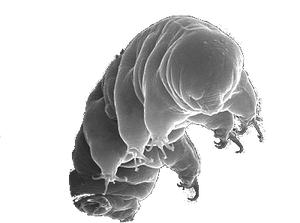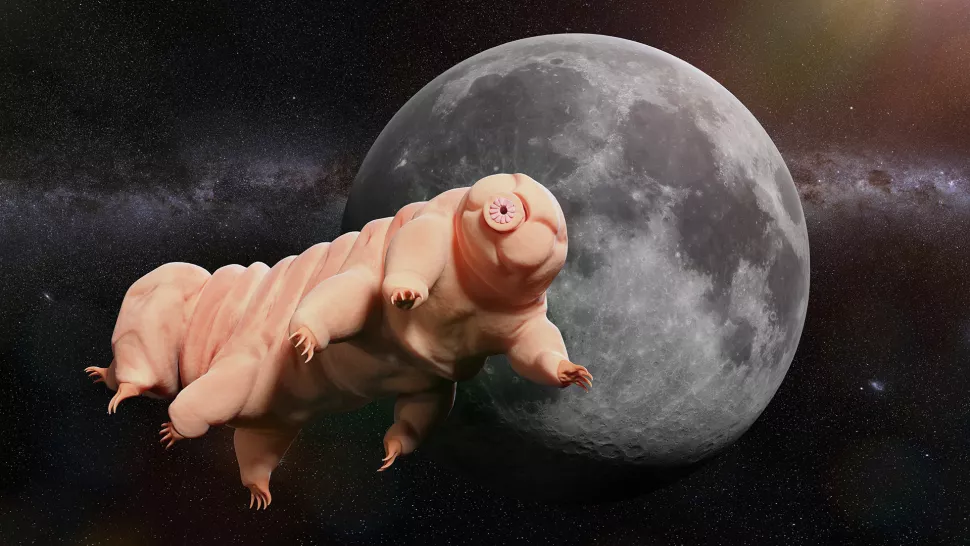next:
back:

how far can we push the limits?
Many studies on tardigrades have been done to test how hardy they really are. Tardigrades can come back to life after 9-20 years in anhydrobiosis (dehydrated state) and can survive temperatures from -272.8 C to 150 C, or around -460 F to 300 F (up to 15 min).
They can also withstand immersion in liquid air, liquid nitrogen, and liquid helium. Some tardigrades can survive up to 6 years in the arctic soil (-80 C) and can withstand atmospheric pressures from 200 to 75,000,000 hPa. For reference, average atmospheric pressure is around 1000 hPa at sea level!
Some are resistant to chemicals such as hydrogen sulphide, carbon dioxide, ethanol, and 1-hexanol, and can even survive high amounts of UV radiation (75-88 kJ/m^2)! In comparison, the International Radiation Protection Association says that the maximal limit of exposure to UV radiation due to occupation for the unprotected human eye is only around 10 kJ/m^2 for the UVA spectral region.
Because of their extreme resistances to so many dangerous and otherwise lethal situations on Earth, scientists wondered if tardigrades could also survive… in space.
